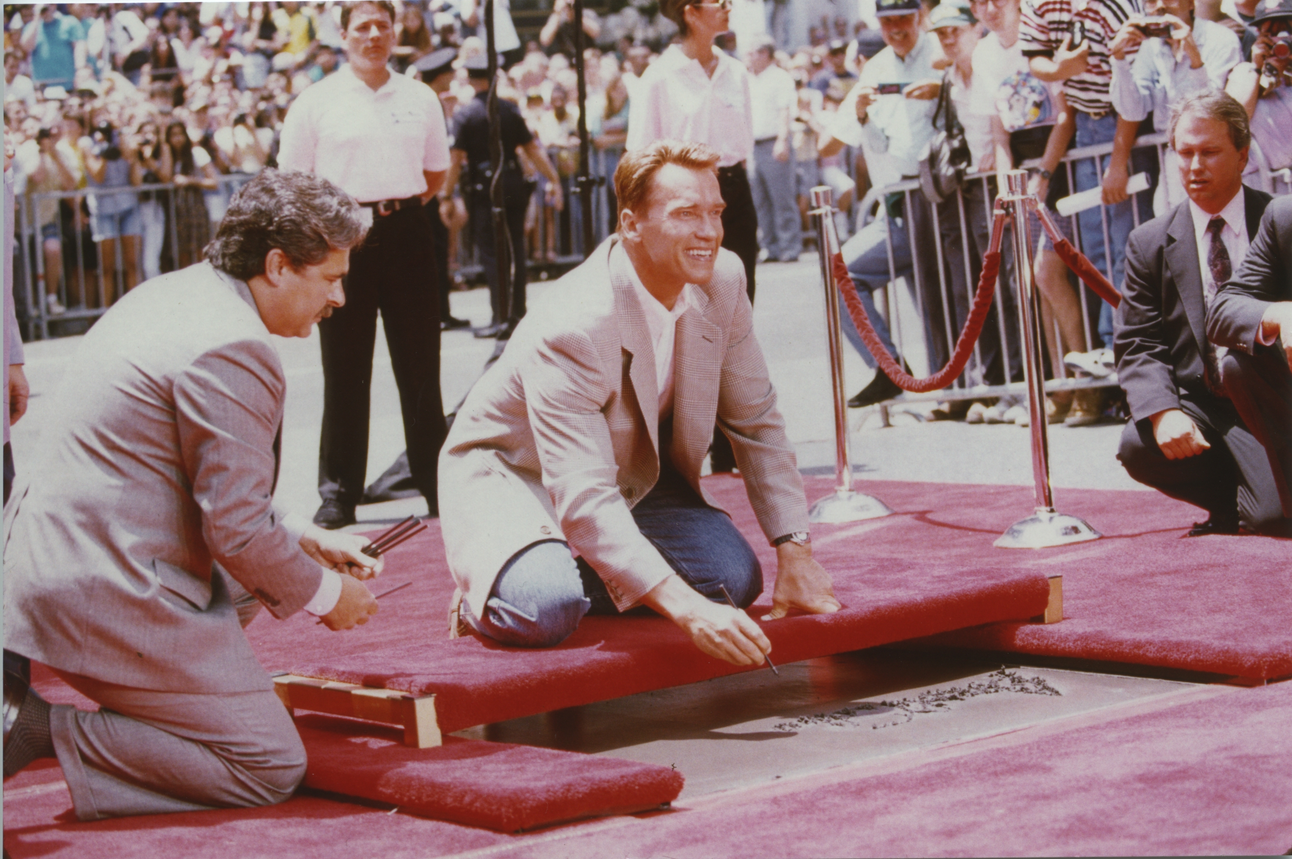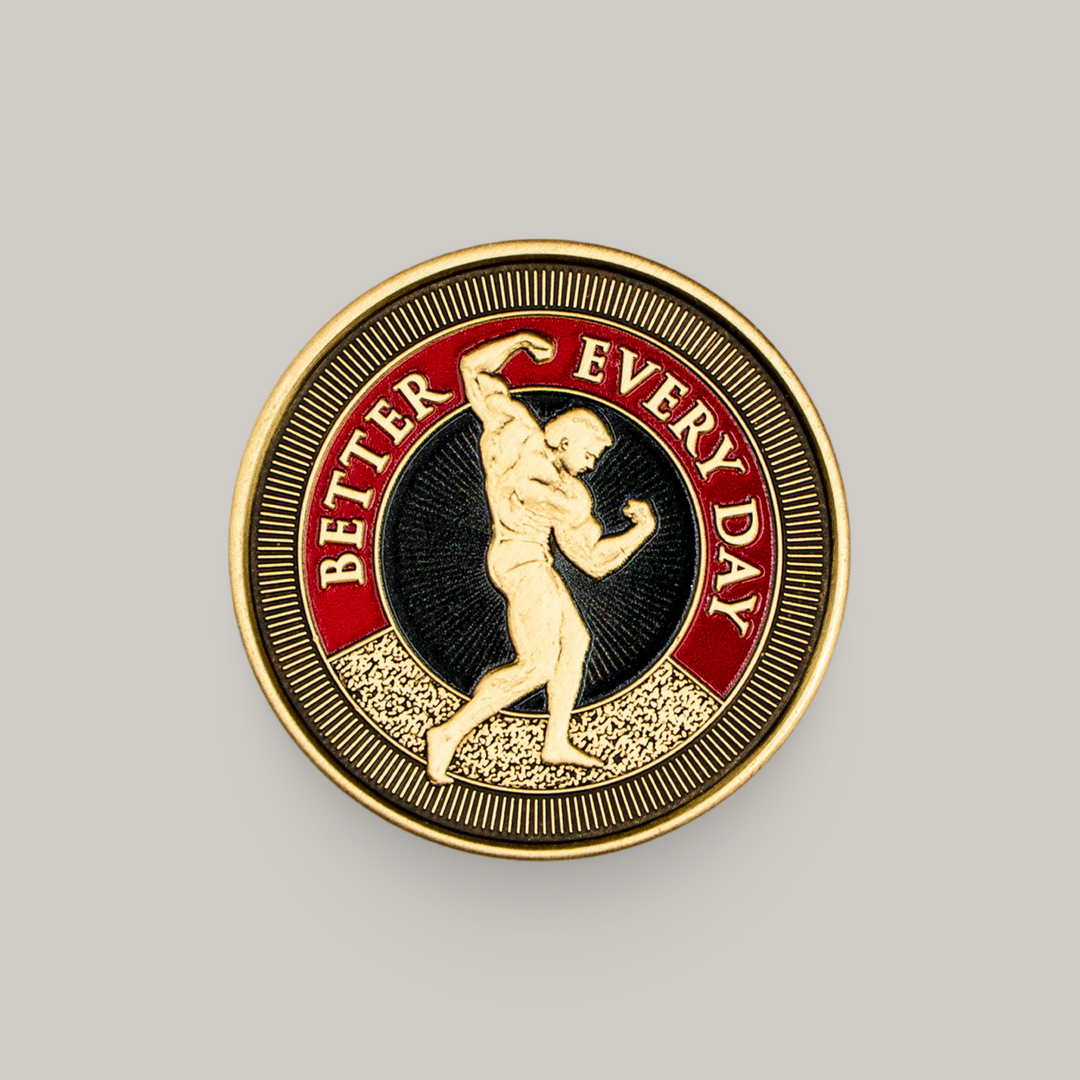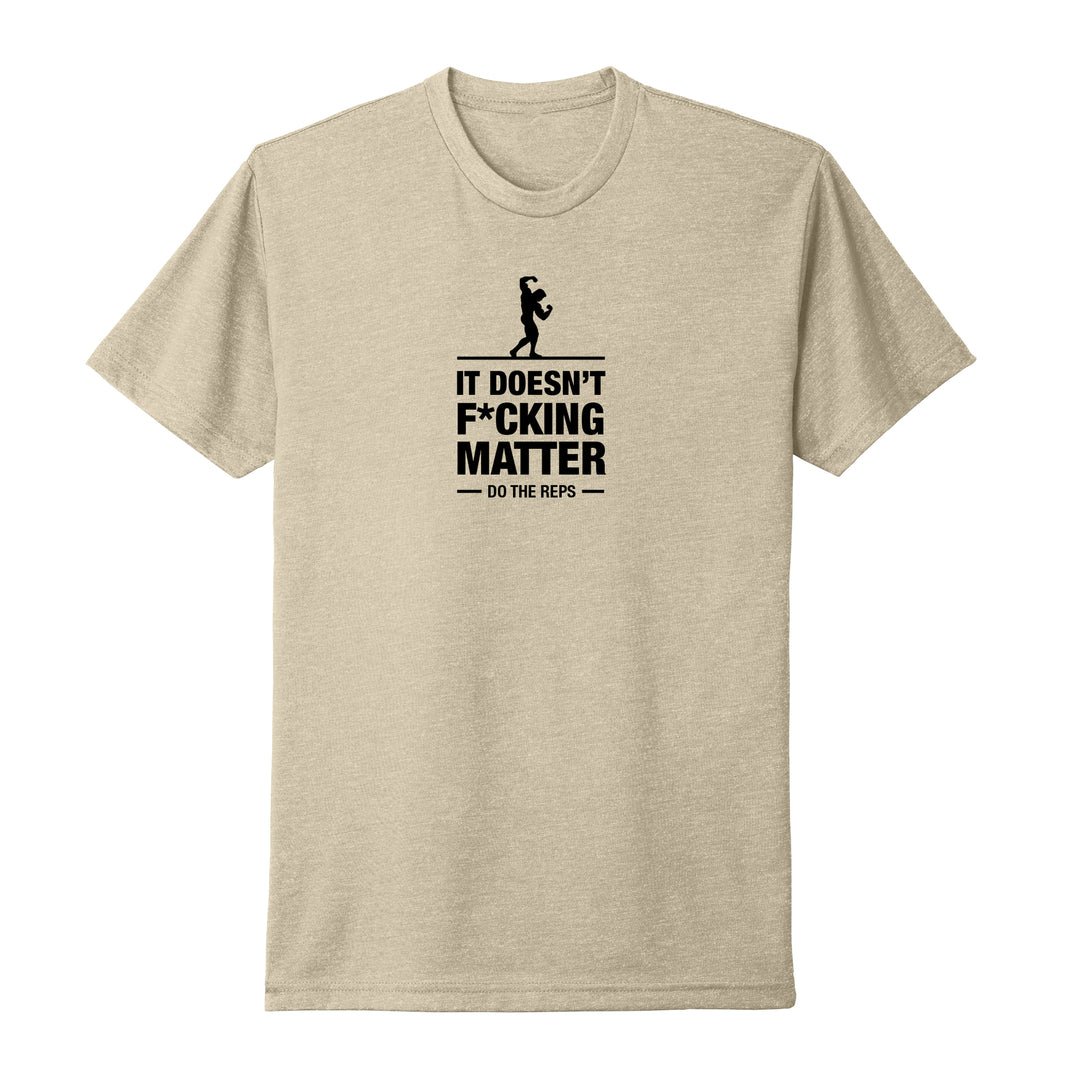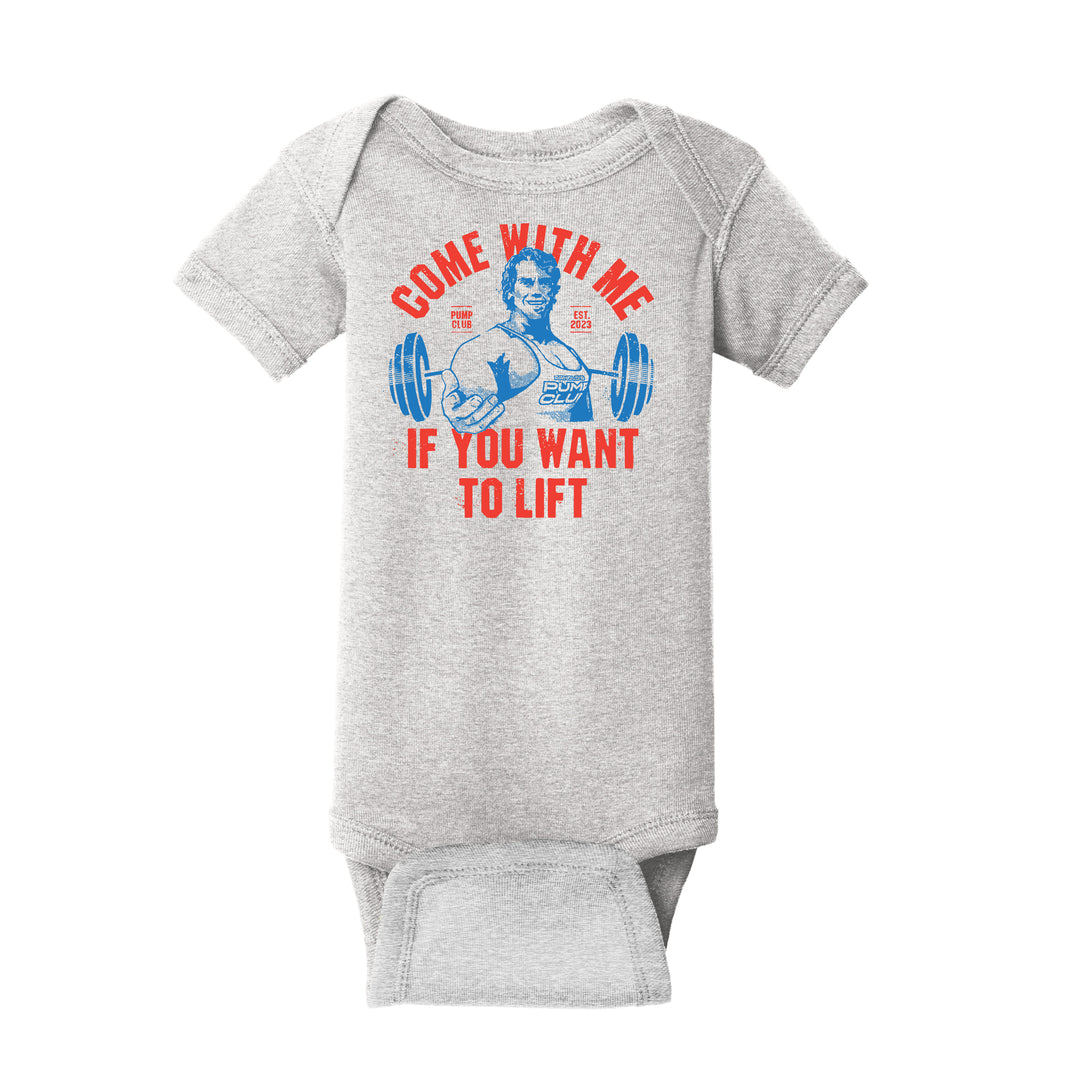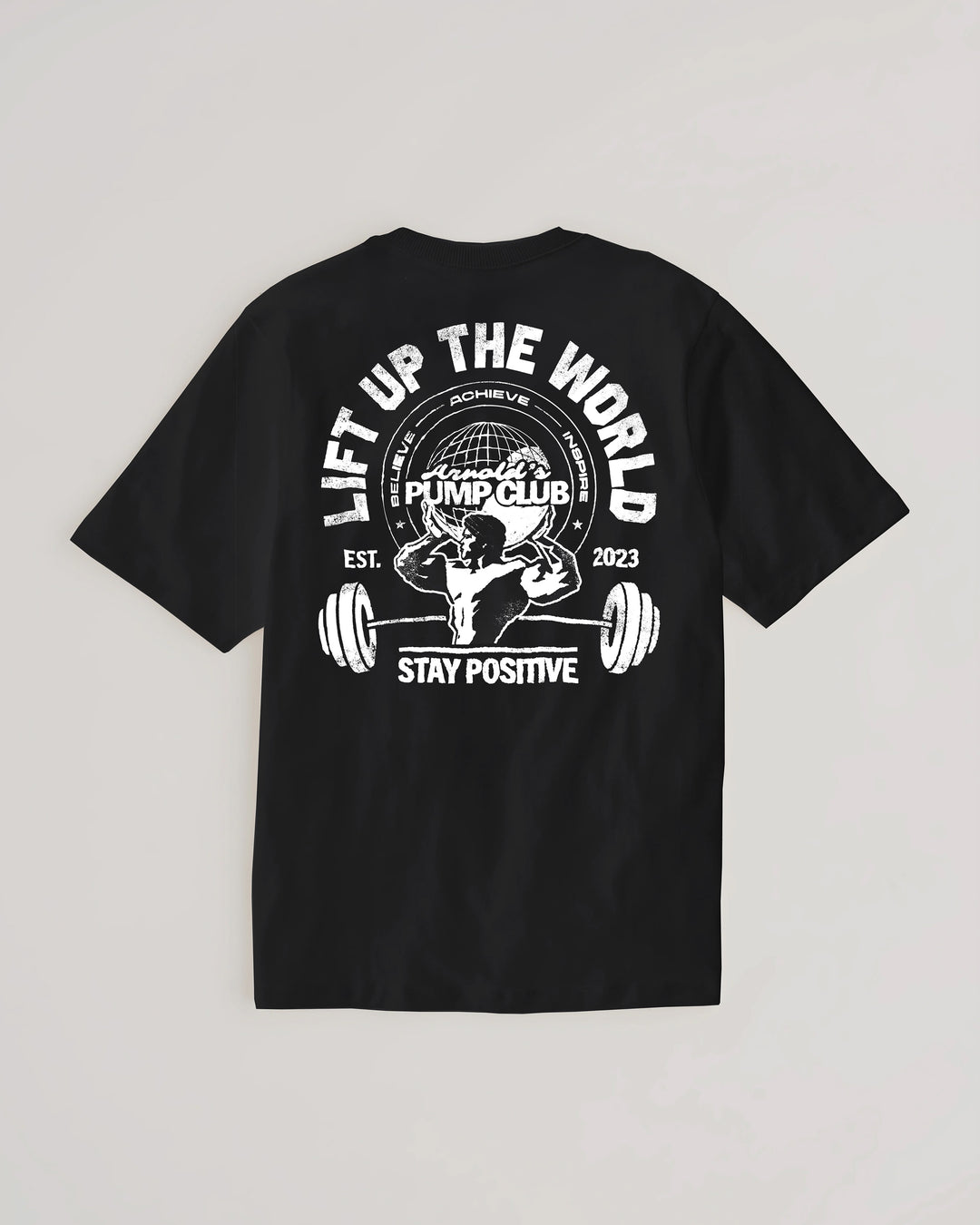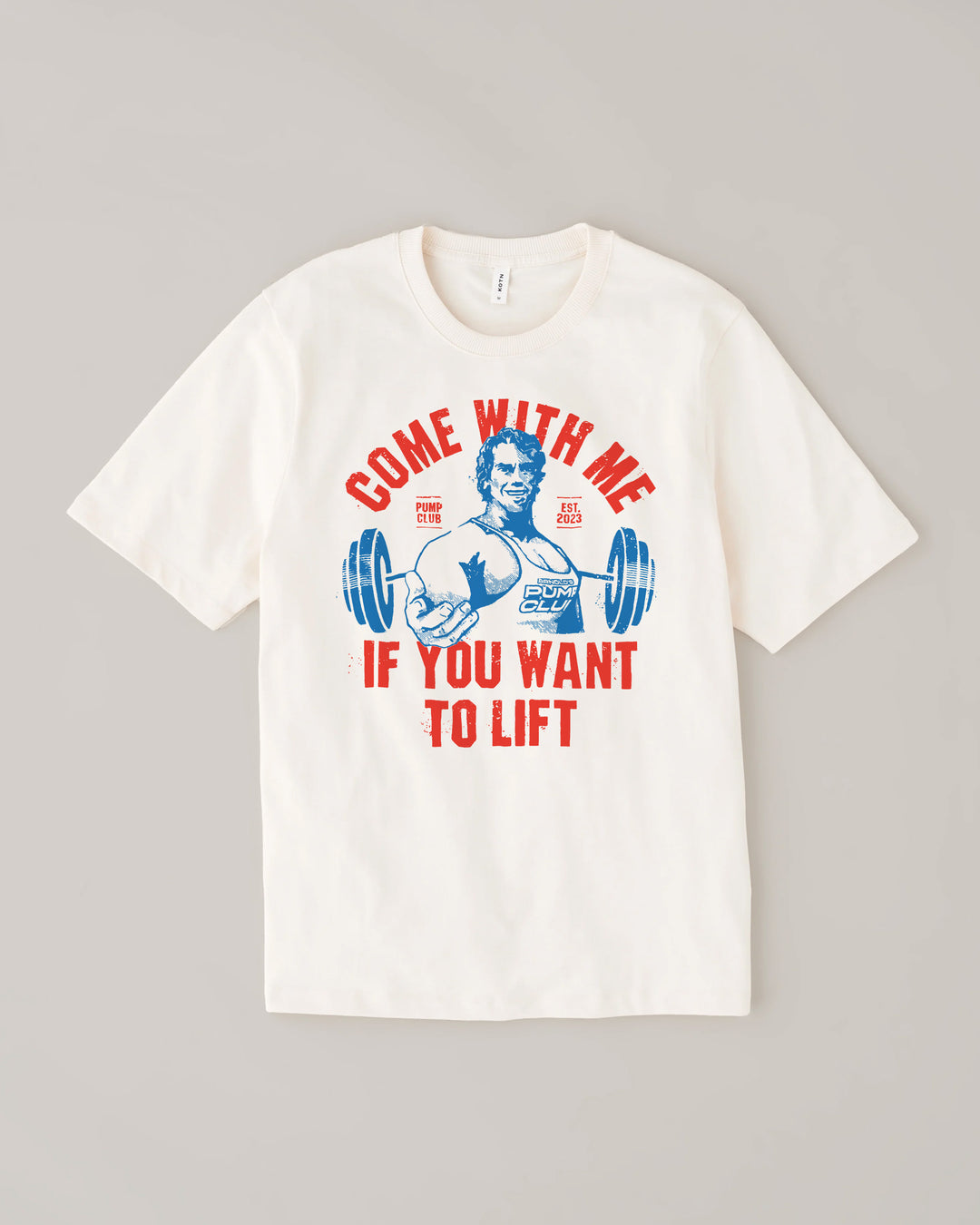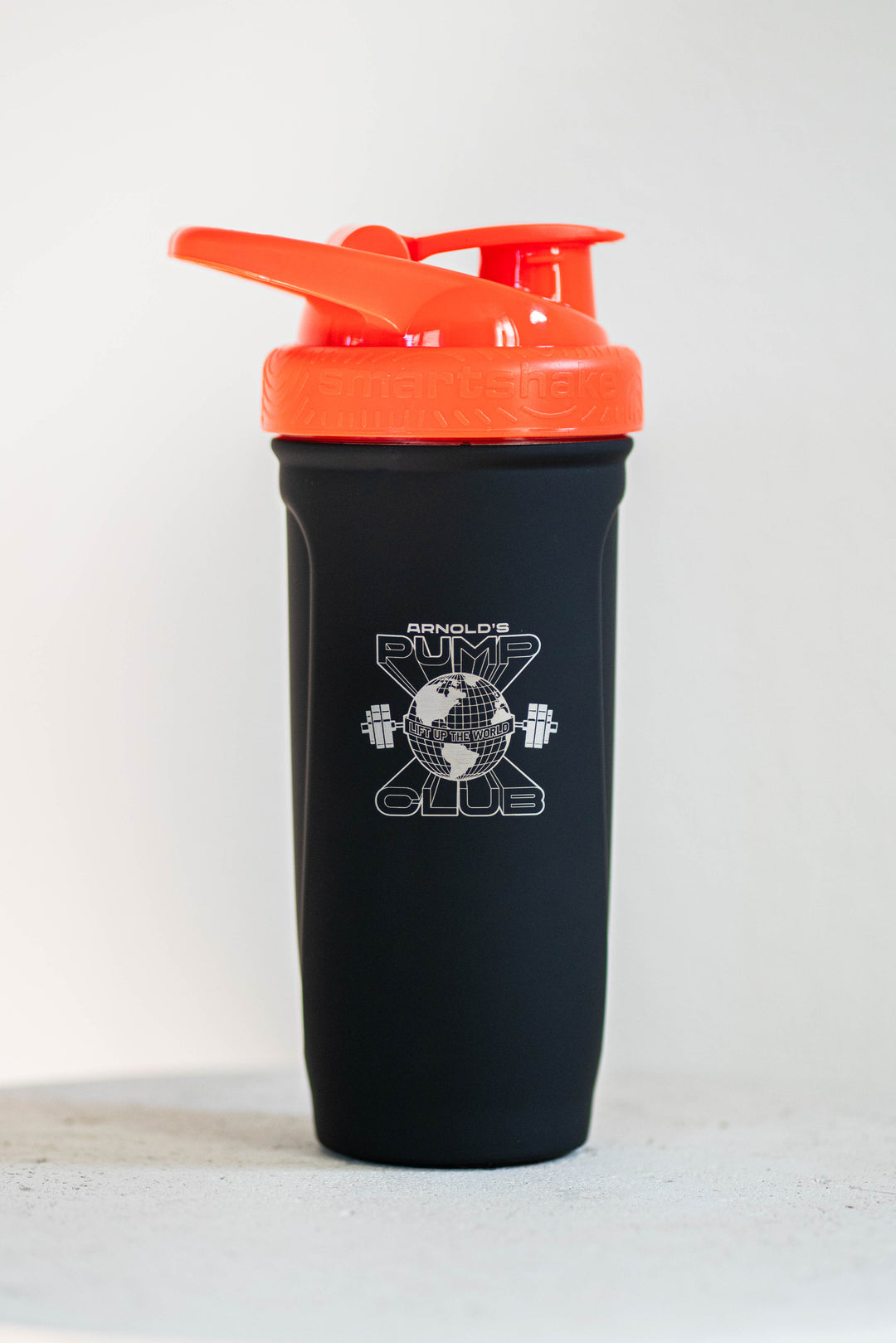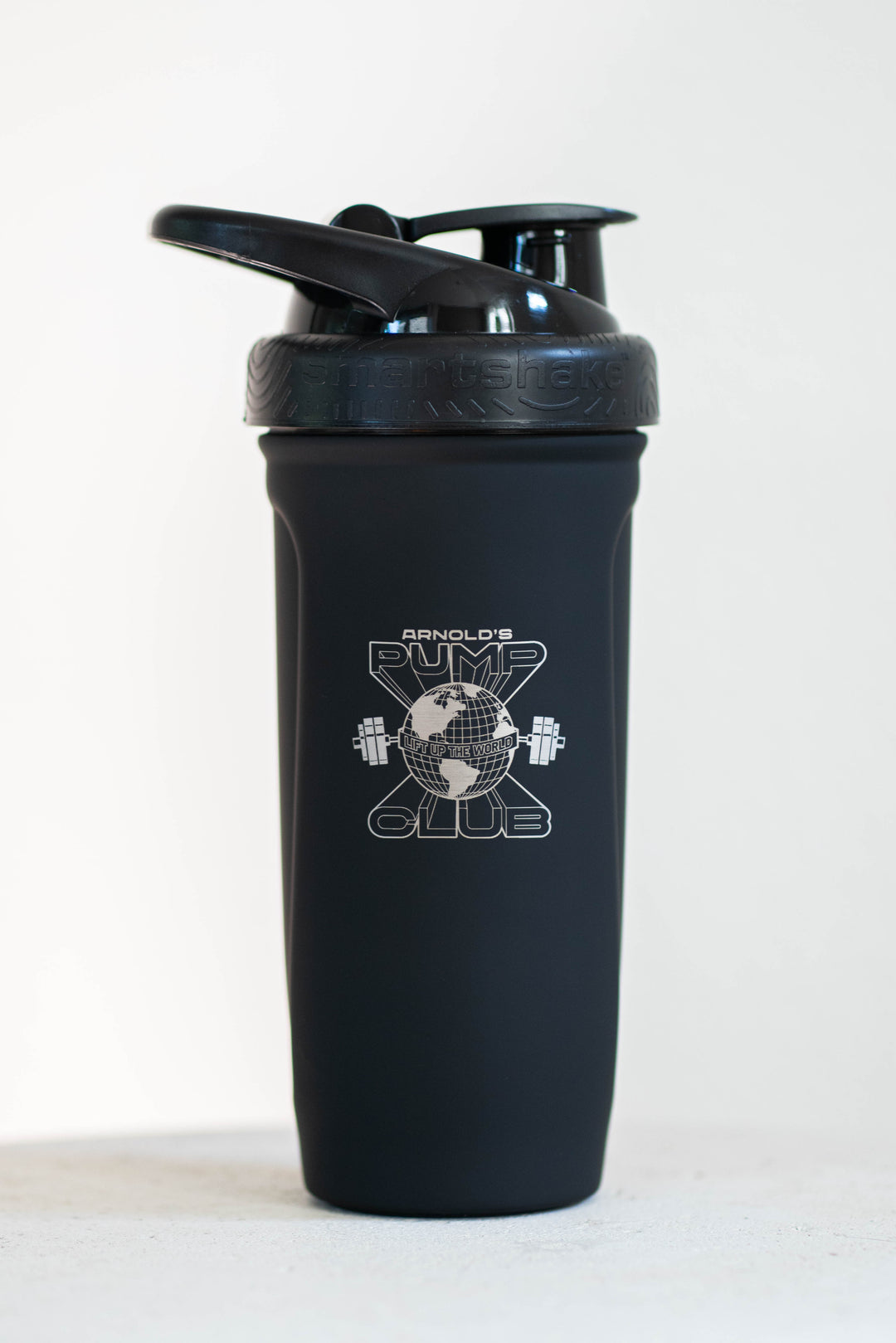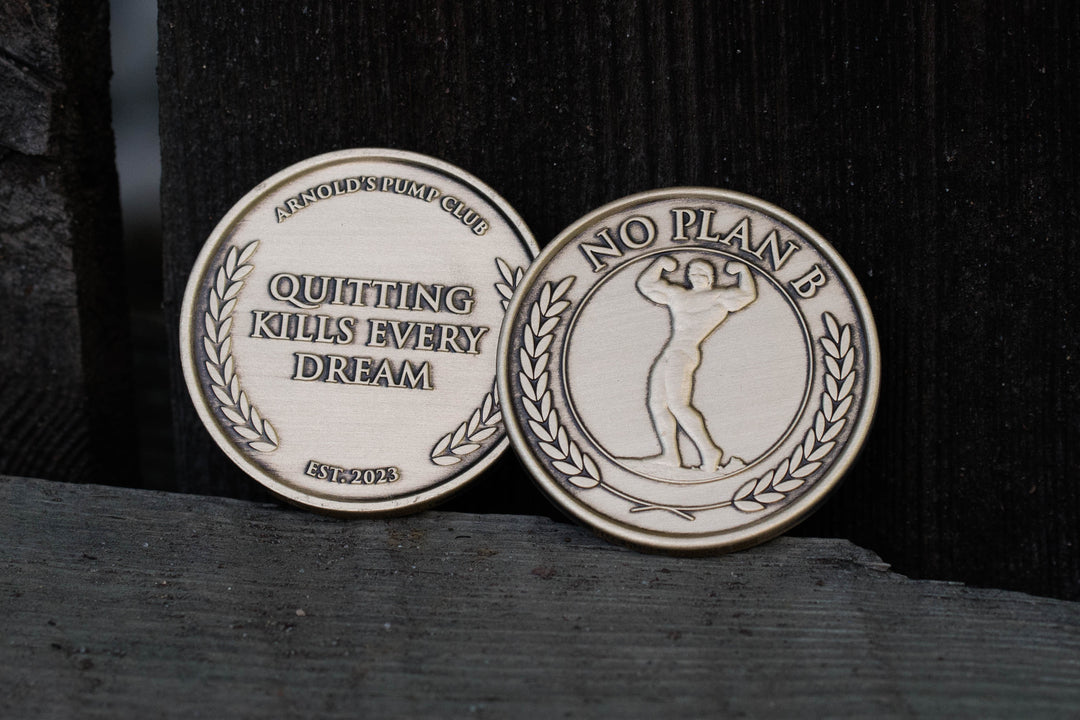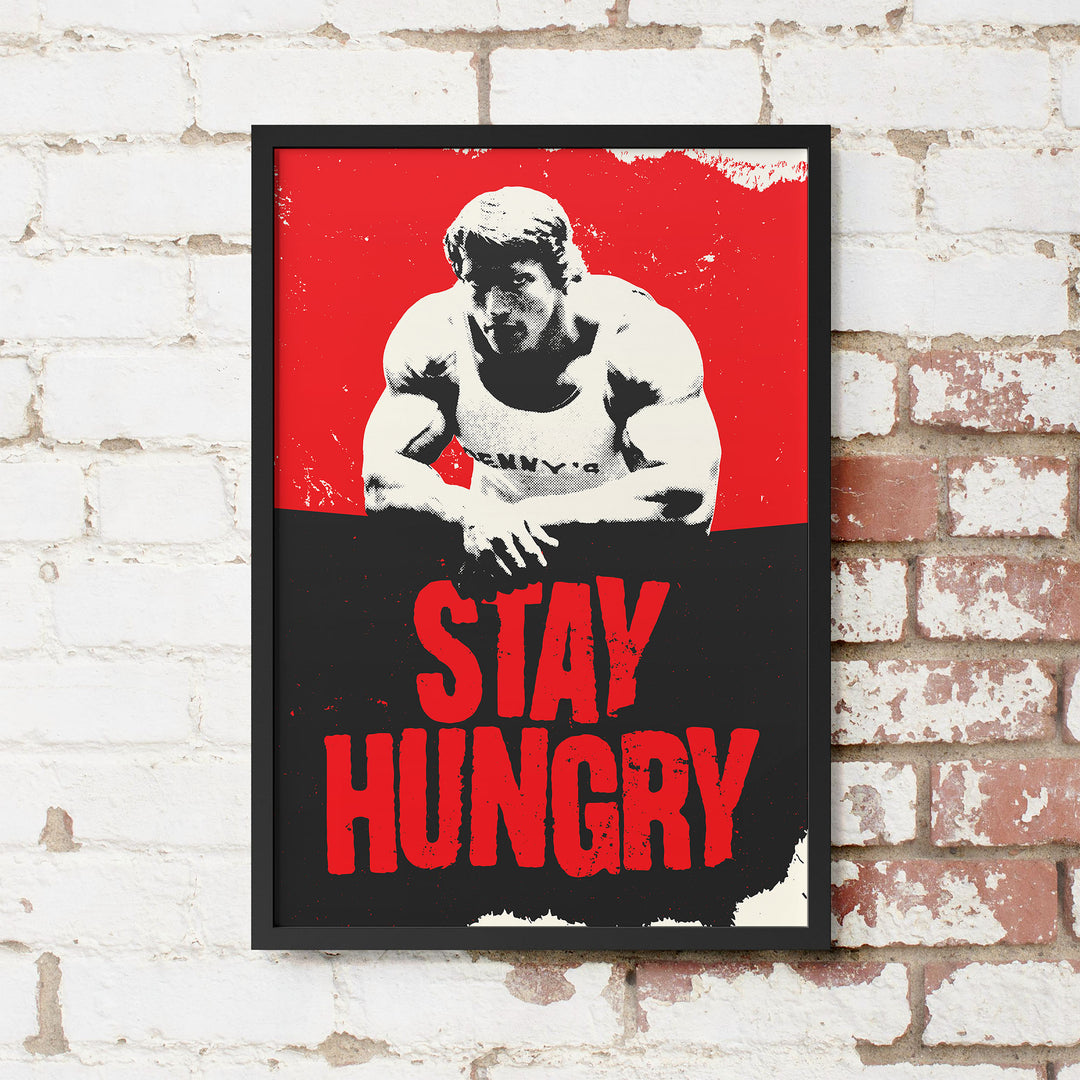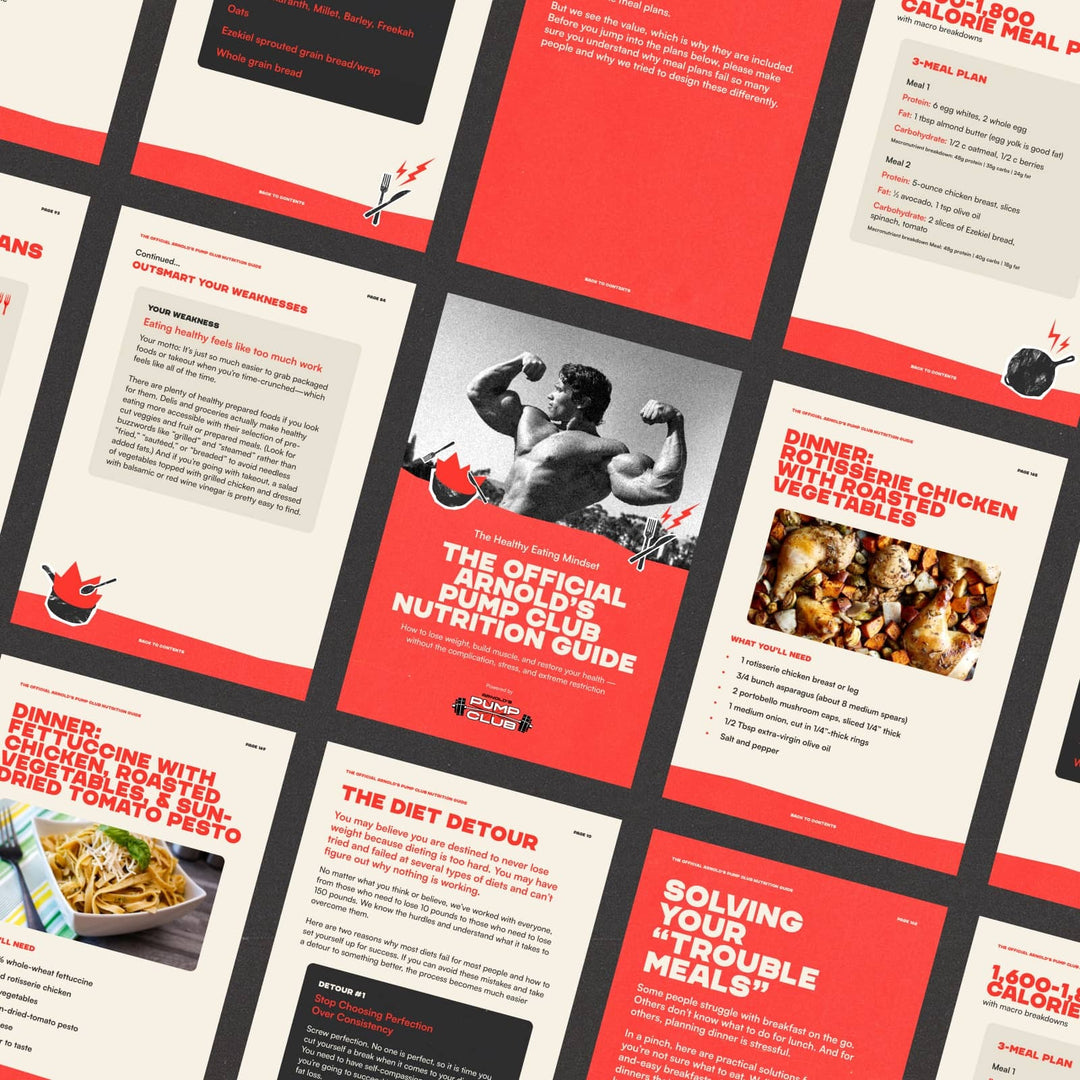Welcome to the positive corner of the internet. Every weekday, we make sense of the confusing world of wellness by analyzing the headlines, simplifying the latest research, and offering quick tips designed to make you healthier in less than 5 minutes. If you were forwarded this message, you can get the free daily email here.
Today’s Health Upgrade
Protein nightcap?
Drink away diabetes
The overtraining test
Arnold’s Podcast
Want more stories from Arnold? Every day, Arnold’s Pump Club Podcast opens with a story, perspective, and wisdom from Arnold that you won’t find in the newsletter. And, you’ll hear a recap of the day’s items. You can subscribe on Apple, Spotify, Google, or wherever you listen to podcasts.
A Protein Nightcap?
If protein during the day is good, is more protein at night even better?
A recent study found that taking extra protein before sleep won’t improve recovery, performance, or muscle gain.
Because you fast when you sleep, some experts believe a pre-bed protein boost will leave you better off the next day. To determine if there was any truth to the theory, scientists tested more than 100 British army recruits during basic training to assess the effects of a pre-sleep meal. The participants were randomly assigned to one of four groups: high protein before bed (60 grams), low protein before bed (20 grams), carbs before bed, or nothing at all.
Despite the added protein, all four groups saw similar changes in fat mass, bone mineral density, exercise performance, recovery, muscle soreness, or the perception of fatigue.
You might be wondering why protein didn’t make a difference. It’s because the participants were likely getting enough protein. From a muscle and performance outcome, there appears to be a threshold you need to hit for protein to work its magic.
Eating about 1.6g/kg per day of your body weight is enough to help build muscle, train hard, and improve recovery. And — if you eat more — there’s not much additional change.
That doesn’t mean you won’t see any benefits from consuming more protein. But it’s more important to hit the minimum than it is to eat the maximum.
The main takeaway: to get the most out of your diet, focus on getting enough total protein in a day rather than stressing when you have it. There’s no need to take protein before you sleep, but there’s likely little downside if you do.
Drink Away Diabetes
Coffee might be the ultimate jumpstart to your day. But it has another benefit that is even better than extra energy.
Drinking coffee might help you prevent type-2 diabetes.
Researchers reviewed 24 studies and found that people who drink three to four cups of coffee each day have a 25 percent lower likelihood of type-2 diabetes than those who drink little or no coffee.
In fact, the protective effects held up in studies that analyzed more than a million people. That included people who smoked, were obese, or had other health behaviors and variables typically associated with worse health outcomes. Yet, coffee still appeared to offer protection against type-2 diabetes.
Coffee appears to reduce inflammation and boost adiponectin, a protein that helps regulate glucose and supports healthier blood sugar.
Most studies found that the protective benefits are linked to drinking anywhere from two to five cups of coffee per day. Of course, assess your caffeine tolerance before increasing your coffee consumption. There are many other ways to help fight type-2 diabetes, such as maintaining a healthy weight, daily movement, resistance training, and eating fiber and protein.
The Overtraining Test
It is possible to train so much that you break your body down rather than build it up. However, overtraining is an unlikely problem for most people.
You might feel like you’re overtraining, but it’s usually normal soreness and fatigue from a hard workout. If you’re worried you’re overtrained, use the checklist below to diagnose how your body responds.
According to research, overtraining looks similar to depression and chronic fatigue and includes seven common symptoms:
Increase in resting heart rate and blood pressure
Insomnia-like symptoms and trouble sleeping
Stomach disturbances
Consistent low energy and bad mood
Changes in personality and mood
Decreased self-esteem and motivation
Feelings of sadness and apathy
In severe cases of overtraining, your immune system shuts down, and you can suffer multiple issues, including upper respiratory infections and slow healing.
Even if you’re not truly overtrained, here’s an easy way to test if you need to spend a little more time focusing on recovery. To see if your body is under-recovered, use the “rate of perceived recovery” method to identify if you’re setting yourself up for success.
The “rate of perceived recovery” scale (RPR)
The RPR scale is how you feel coming into a training session. It rates how heavy or hard things feel once you start working out. On your next workout, rate how you feel on each exercise:
10: The set feels like max effort, reps are a grind, and you can’t hit your reps
9: Heavy lift, but one rep left in the tank.
8: Heavy(ish) lift, but two reps left in the tank.
7: Moderate weight, multiple reps left in the tank
If your exercises all feel like a 9 or 10, you will likely need to take a day or two off. Or, it’s time to adjust your programming and rest schedule. In any given plan, the goal is to maintain a high intensity — and increase intensity over time. You don’t need to train to failure each set, but you should push hard.
Here’s a simple template for managing intensity, which will help maximize recovery and allow you to become stronger continually.
Week 1: Discover a baseline weight for your program; no sets taken near failure.
Week 2: Increase intensity but still keep a rep or two in the tank on every set
Week 3: Maintain higher intensity, pushing towards a “9.”
Week 4: Aim for personal bests without taking every set to complete failure.
While this is just a rough outline, it gives you an idea of how to pace intensity and manage recovery.
—
Publisher: Arnold Schwarzenegger
Editors-in-chief: Adam Bornstein and Daniel Ketchell





